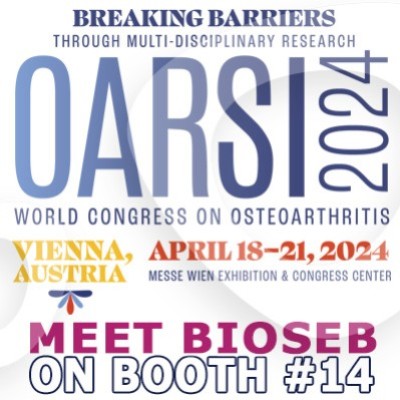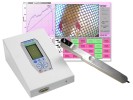Authors
T Watase, K Shimizu, K Ohara, H Komiya, K Kanno, K Hatori, N Noma, K Honda, Y Tsuboi, A Katagiri, M Shinoda, B Ogiso, K Iwata
Lab
Nihon University School of Dentistry
Journal
Molecular Pain
Abstract
Background: The mechanisms underlying tooth pulp hypersensitivity associated with masseter muscle (MM) hyperalgesia remain largely under-investigated. In the present study, we aimed to determine whether MM contraction (MMC) induced by daily electrical stimulation influences the mechanical head-withdrawal threshold (MHWT) and genioglossus electromyography (G-EMG) activity caused by the application of capsaicin to the upper first molar tooth pulp (M1TP). We further investigated whether astroglial glutamine synthesis is involved in M1TP hypersensitivity associated with MMC.
Methods: The M1TP was treated with capsaicin or vehicle in MMC- or sham-rats, following which the astroglial glutamine synthetase inhibitor methionine sulfoximine (MSO) or PBS was applied. Astroglial activation was assessed via immunohistochemistry.
Results: The MHWT of the ipsilateral MM was significantly decreased in MMC rats than in sham rats. G-EMG activity was significantly higher in MMC rats than sham rats. Glial fibrillary acidic protein (GFAP)-immunoreactive (IR) cell density was significantly higher in MMC rats than in sham rats. Administration of MSO induced no significant changes in the density of GFAP-IR cells relative to PBS treatment. However, MHWT was significantly higher in MMC rats than PBS-treated rats after MSO administration. G-EMG activity following M1TP capsaicin treatment were significantly lower in MSO-treated rats than in PBS-treated rats. In the ipsilateral region, the total number of phosphorylated extracellular signal-regulated protein kinase immunoreactive cells in the medullary dorsal horn (MDH) was significantly smaller upon M1TP capsaicin application in MSO-treated rats than in to PBS-treated rat.
Conclusions: Our results suggest that MMC induces astroglial activation, and that this activation spreads from caudal to the obex in the medullary dorsal horn (MDH), resulting in enhanced neuronal excitability associated with astroglial glutamine synthesis in MDH neurons receiving inputs from the tooth pulp. These findings provide significant insight into the mechanisms underlying tooth pulp hypersensitivity associated with MMC.
BIOSEB Instruments Used:
Electronic Von Frey 4 (BIO-EVF4),Electronic Von Frey 5 with embedded camera (BIO-EVF5)

 Douleur - Allodynie/Hyperalgésie Thermique
Douleur - Allodynie/Hyperalgésie Thermique Douleur - Spontanée - Déficit de Posture
Douleur - Spontanée - Déficit de Posture Douleur - Allodynie/Hyperalgésie Mécanique
Douleur - Allodynie/Hyperalgésie Mécanique Apprentissage/Mémoire - Attention - Addiction
Apprentissage/Mémoire - Attention - Addiction Physiologie & Recherche Respiratoire
Physiologie & Recherche Respiratoire
 Douleur
Douleur Métabolisme
Métabolisme Système moteur
Système moteur Neurodégénérescence
Neurodégénérescence Thématiques transversales
Thématiques transversales Système musculaire
Système musculaire Functions de motricité générale
Functions de motricité générale Troubles de l'humeur
Troubles de l'humeur Autres pathologies
Autres pathologies Articulations
Articulations Système Nerveux Central (SNC)
Système Nerveux Central (SNC)  Système sensoriel
Système sensoriel Bioseb on booth #14 at OARSI 2024 in Vienna
Bioseb on booth #14 at OARSI 2024 in Vienna 
